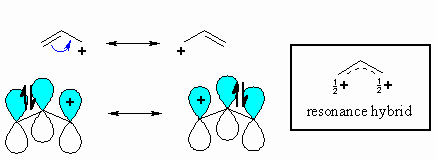Rate of dehydration when given compounds are treated with conc. $\ce{H2SO4}$ is
According to me the answer should be $R > Q > S > P$ but my textbook solution gives the answer as R > Q > P > S (Sadly, there is no explanation).
Dehydration of secondary & tertiary alcohols in the presence of conc. $\ce{H2SO4}$ proceed through E1 mechanism whereas most primary alcohols proceed through E2 mechanism.
In the molecular R, the carbocation formed after the alcohol group leaves the molecule after protonation is a tertiary carbocation and not just that, it is resonance stabilized as well.
In the molecule Q, you get a secondary carbocation and this is resonance stabilized as well.
In molecule S, you get a secondary carbocation but there is no resonance stabilization.
In molecule P, the dehydration goes via E2 mechanism and there is a bulky cyclohexene group attached to the $\alpha$-carbon which should be contributing to steric hindrance.
If the question did not have molecule P, then its pretty much obvious that the answer is R > Q > S but with molecule P, I am not quite sure where to place it.
I thought that P will be least reactive since it proceeds via E2 mechanism and there is one bulky group attached to the carbon.
So how do I come up with a concrete answer to justify why molecule P should react faster than molecule S but slower than molecule Q.




